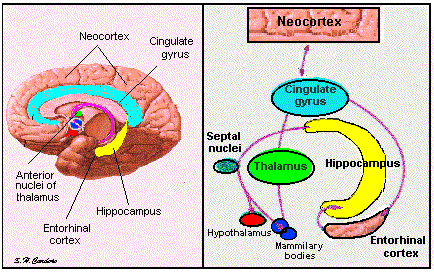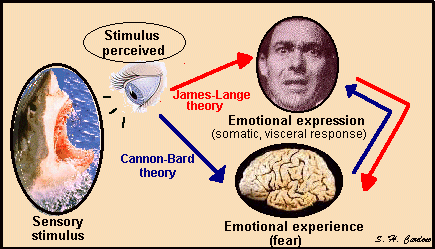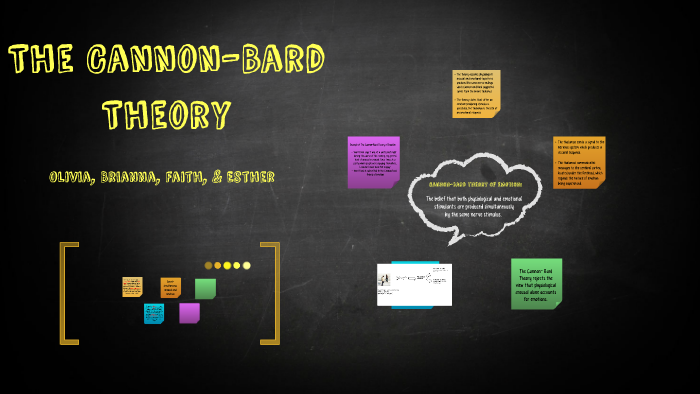The Cannon-Bard theory of emotion, also known as the "Thalamic theory," was proposed by Walter Cannon and Philip Bard in the 1920s as an alternative to the James-Lange theory of emotion. According to the Cannon-Bard theory, emotional experiences and physiological responses to emotions occur simultaneously and independently of one another.
According to the James-Lange theory, which was the dominant theory at the time, emotional experiences are the result of physiological responses to stimuli. For example, the theory suggests that we feel fear because we experience physiological changes such as an increased heart rate and rapid breathing. However, Cannon and Bard disagreed with this theory, arguing that it did not adequately explain why people with different physiological responses to stimuli could still experience the same emotion.
Cannon and Bard proposed that emotional experiences are the result of the activation of the thalamus, a region of the brain that receives and processes sensory information. When we encounter a stimulus, the thalamus sends a message to the amygdala, which is responsible for emotional processing. The amygdala then activates the physiological responses associated with the emotion, such as changes in heart rate and respiration.
According to the Cannon-Bard theory, the physiological responses and emotional experiences occur at the same time, rather than one causing the other. This means that the emotional experience is not simply a result of the physiological response, but rather a separate and independent process.
One of the key arguments in favor of the Cannon-Bard theory is that it can explain why people with spinal cord injuries, who do not have the ability to experience physiological responses, can still experience emotions. It also explains why people can experience emotions in dreams, even though there are no external stimuli present and no corresponding physiological responses.
However, the Cannon-Bard theory has also been criticized for its lack of a clear mechanism for how the thalamus and amygdala interact to produce emotions. It also does not fully explain how the brain processes the various components of an emotional experience, such as the cognitive and behavioral responses that are often associated with emotions.
Overall, the Cannon-Bard theory of emotion provides an alternative explanation for the relationship between emotional experiences and physiological responses. While it has been influential in the development of our understanding of emotion, it has also been the subject of criticism and has been modified and refined over time by other theories and research.







